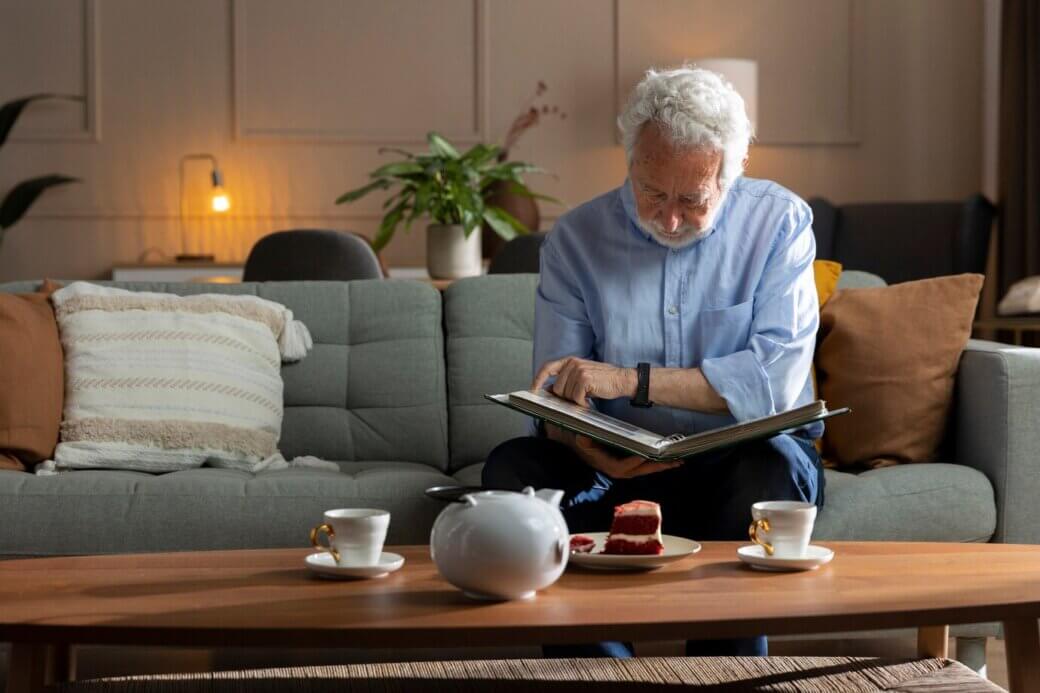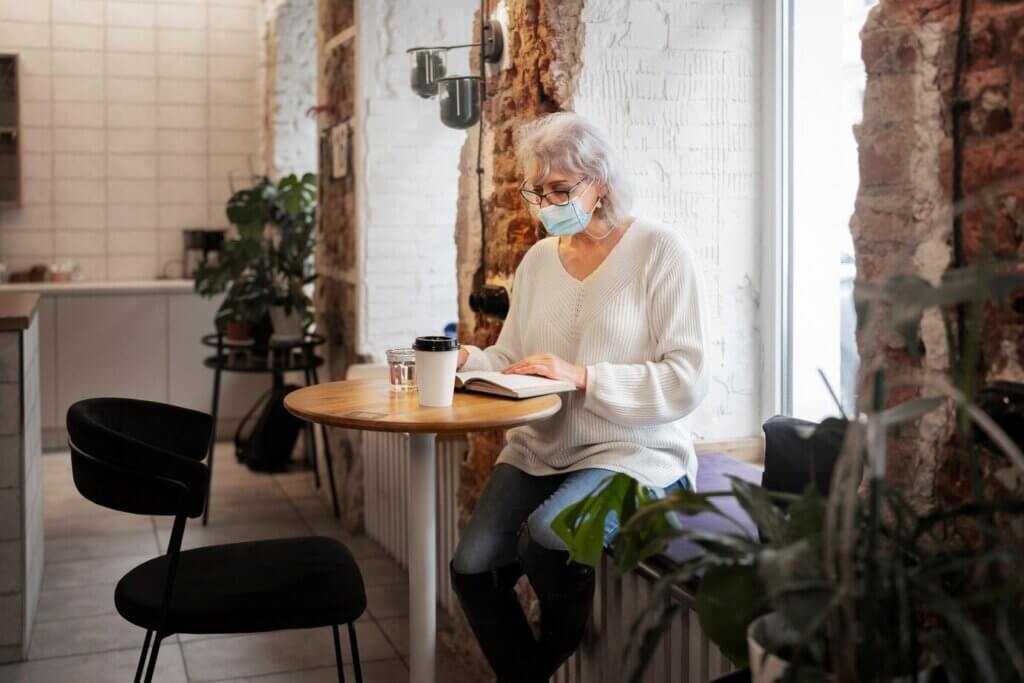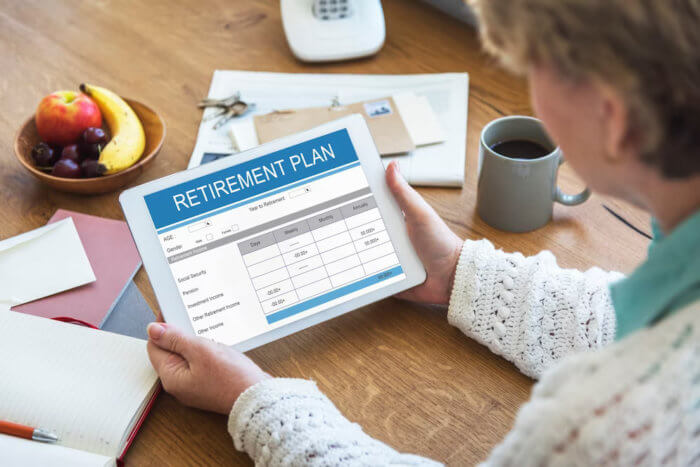Prioritizing Personal Space in Senior Living Environments

Creating a senior living space that prioritizes personal space is more than a design choice—it’s a statement of respect. It supports autonomy, enhances comfort, and reinforces dignity, all of which are vital to healthy aging.
At MD Senior Living, our approach centers on individualized living that reflects personal identity while fostering a sense of safety. In this post, we’ll explore why personal space in senior living is essential, how to respect it, and what communities can do to support privacy and comfort for every resident.
The Significance of Personal Space in Senior Living
Understanding the importance of personal space in senior living begins with acknowledging how it affects emotional and psychological well-being. Residents in senior communities are more likely to thrive when their need for solitude and individuality is respected.
Providing adequate personal space in senior communities ensures that residents have a sanctuary—a place where they can recharge emotionally and maintain their sense of independence. Without such space, anxiety, discomfort, and even depression may increase. But when personal environments are honored, the opposite is true: seniors feel seen, respected, and in control of their day-to-day lives.
By embracing this philosophy, MD Senior Living fosters more than just comfort—we build a culture of empowerment. Customized living areas allow residents to take ownership of their environment and find peace in familiarity and privacy.
Designing Customized Living Areas for Residents
Creating environments that reflect individual preferences is central to honoring personal space in assisted living. At MD Senior Living, we make it a priority to customize each room with meaningful touches that spark joy and connection.
From displaying cherished photographs to using favorite colors or textures, these personalizations turn a room into a home. By incorporating elements that celebrate the resident’s past and identity, we deepen emotional ties and reduce feelings of displacement or isolation.
Ergonomics also plays a key role. Safe, accessible layouts that promote movement and ease are essential in supporting independence and comfort. Whether it’s a favorite armchair by the window or a softly lit reading nook, every detail matters when creating personal space in assisted living environments.
These touches go a long way in helping residents feel at home and invested in their surroundings. For more ideas, check out this blog on engaging with peers to foster a sense of community through shared and individual spaces.
Strategies for Promoting Respect for Personal Boundaries
Ensuring respectful boundaries in senior living personal space requires a collective effort. Staff, residents, and family members all play a role in maintaining environments where privacy and comfort are protected.
Here’s how to do it well:
- Educate and inform residents and staff about the significance of personal space.
- Establish clear guidelines that reinforce boundaries within common areas and private rooms.
- Encourage residents to voice their preferences regarding visitors and interactions.
- Model respectful behavior consistently, particularly during caregiving routines.
- Create feedback systems for ongoing improvement and accountability.
When everyone is on the same page, misunderstandings are less likely to arise. At MD Senior Living, this shared understanding fosters trust, promotes positive relationships, and safeguards the emotional well-being of our residents. We also recognize how family involvement can enhance community values while supporting each resident’s comfort and dignity.
For additional strategies on boundary setting in senior living, the National Institute on Aging offers helpful insights on creating respectful living environments.
The Role of Staff Training in Upholding Privacy
Staff training is a cornerstone of maintaining personal space in senior communities. Our team receives comprehensive instruction on privacy protocols and respectful interactions. This includes understanding subtle cues from residents, knowing when to give space, and recognizing when extra support is needed.
Routine training sessions empower staff to handle private matters discreetly—whether it’s assisting with hygiene or medical care—so that dignity is never compromised. These trainings also reinforce confidentiality and legal compliance, ensuring that all residents are protected under the law.
When staff are confident and well-trained, the entire culture shifts toward respect, empathy, and safety. Our blog on respecting resident privacy further explores the specific methods we use to preserve privacy in everyday care.
For communities looking to strengthen their standards, the CDC provides excellent resources on privacy in long-term care facilities.
Engaging With Residents to Enhance Community Experience
Another layer of honoring senior community personal space is recognizing the role that engagement plays in building a healthy environment. When residents feel connected, they are more likely to voice their needs and preferences, including how they want their personal space to be treated.
At MD Senior Living, we nurture that communication through:
- Resident forums and town halls
- Anonymous suggestion boxes
- Collaborative event planning
- Regular wellness check-ins
- Encouragement of resident-led groups
These strategies reinforce each person’s voice in shaping the community experience. When residents are actively involved, they are more invested in both private and shared spaces, which strengthens the community’s emotional fabric.
Our article on rebuilding social lives in assisted living highlights how engagement enhances connection, trust, and personal fulfillment.
To explore more on how meaningful engagement improves well-being, AgingCare guides encourage participation in senior communities.
Crafting Living Spaces That Respect the Individual
When you think about assisted living personal space, don’t just picture physical square footage. Think about what that space means emotionally: peace, safety, expression, and control. These qualities must be embedded in the culture and design of senior living environments.
Respectful design might include:
- Soundproofing to ensure auditory privacy
- Doors that lock from the inside with a staff override for emergencies
- Flexible furniture arrangements
- Private balconies or patios
- Clear signage that distinguishes private areas from public ones
These elements help to build a senior living personal space that isn’t just functional—it’s meaningful. Whether the resident enjoys a quiet morning with tea or a private phone call with a loved one, their space becomes a sanctuary.
This respect creates a ripple effect. When one person’s boundaries are honored, the entire community benefits from a greater sense of peace, order, and care.

Building a Future of Respectful Living
Creating meaningful personal space in senior living means more than drawing boundaries—it means building trust. At MD Senior Living, we view personal space as sacred: a source of comfort, identity, and control that fuels joy and well-being.
Imagine walking into a room where every detail has been lovingly chosen by the resident, from soft blankets and familiar scents to favorite books and peaceful lighting. This is not just a room. It’s home.
When you champion personal space in assisted living, you help residents maintain their autonomy. When you build systems to support senior community personal space, you’re shaping a future where dignity leads the way.
If you’d like to learn more about how MD Senior Living champions personalized care, please call us at 480-418-9150 or schedule a tour. We look forward to welcoming you.
Frequently Asked Questions
What is an example of a personal space?
An example of personal space is a resident’s private room in a care home or senior living community. This space may include a bed, nightstand, personal photos, and items that reflect their identity and preferences. Personal space is more than physical—it gives individuals a sense of ownership and control. For older adults, having a defined area of their own supports emotional well-being and comfort. It helps maintain dignity and independence in a shared environment.
Why is personal space important in a care home?
Personal space in a care home plays a key role in supporting the emotional and psychological health of residents. It allows individuals to retreat, relax, and enjoy privacy whenever they need it. This space helps maintain a sense of individuality, especially in communal living settings where daily interactions are everyday. Respecting personal space also fosters trust between residents and caregivers. Overall, it enhances the resident’s sense of dignity and contributes to a higher quality of life.
What is the ideal living arrangement for older adults?
The ideal living arrangement for older adults varies based on their health, independence, and social needs. Many thrive in senior living communities that offer a mix of privacy and social interaction. Independent living, assisted living, and memory care communities provide tailored support while respecting personal space. Safety, accessibility, and opportunities for engagement are all essential components. Ultimately, the best setup strikes a balance between autonomy, appropriate care, and a sense of connection.
What is a personal space in healthcare?
In healthcare settings, personal space refers to the physical and emotional boundaries around a patient. This includes their hospital bed area, private room, or any designated space that offers a sense of privacy and control. Respecting this space helps patients feel secure, valued, and less anxious. Healthcare staff are trained to recognize and honor these boundaries during care routines. Personal space in healthcare supports patient dignity and contributes to a more positive care experience.






Leave a Comment